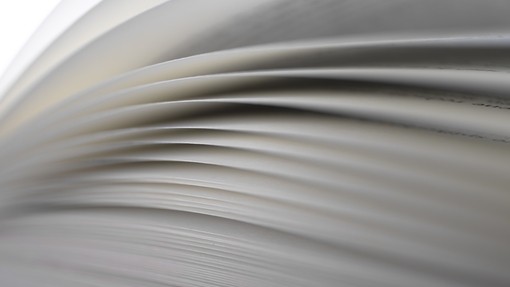Hot-tubbing: a costs saving tool?

Details
The idea of concurrent expert evidence, or ‘hot-tubbing’ was formally introduced by Lord Justice Jackson in April 2013 as part of the programme of civil justice reform. Intended as a costs saving tool, there is little evidence to suggest it has achieved this aim. Elizabeth Elliott takes a look at a recent study carried out by the Civil Justice Council (CJC) and considers the impact that hot-tubbing has had on the cost of litigation.
What is hot-tubbing?
Hot-tubbing is the practice of experts giving evidence concurrently in court. Traditionally, expert evidence was given sequentially although the use of concurrent expert evidence had started to be used informally in specialist courts prior to the Jackson reforms.
How does it work?
- The judge will often act as chair in a discussion between the experts; putting questions to them and listening to their views;
- The judge may direct the experts to agree an agenda of issues on which they disagree, to form the basis of their testimony;
- The experts may give evidence back to back or through joint examination;
- The judge will often, but not always lead the discussion. The judge may invite counsel to examine the experts or invite each expert to question the other;
- There is also a practice known as ‘teach in’ where experts provide tutorials to the court on relevant issues.
The picture so far
In its report, the CJC sought to assess how the process of hot-tubbing is operating. Taking feedback from the judiciary, lawyers and experts, the results of the study indicate that:
- Parties may be reluctant to try hot-tubbing for fear of losing control of the expert evidence;
- As a judge-led process, the use of hot-tubbing requires significantly more judicial preparation time;
- This does not mean that the parties can spend less time preparing the expert evidence as they must be prepared for examination if invited by the court;
- Parties that had tried hot-tubbing were generally positive about the experience;
- The use of hot-tubbing is not consistently adopted and the way in which it is used differs enormously on a case-by case basis;
- 100% of judicial respondents believed that the use of hot-tubbing saved hearing time during the trial;
- 83% of judicial respondents said the quality of the expert evidence was improved;
- 100% of judicial respondents said the practice assisted the court in determining disputed aspects of expert evidence; and
- 62% of expert respondents believed that evidence is more intelligible to the court when given via hot-tubbing.
The effect on costs
- 33% of judicial respondents believed that the use of hot-tubbing saved costs to the parties, while 50% believed that it had not;
- 28% of legal respondents believed that the use of hot-tubbing saved costs to the parties, while 53% believed that it had not; and
- 45% of expert respondents believed that the use of hot-tubbing saved costs to the parties, while 35% believed that it had not.
There are mixed reviews about the costs implications. The judges responded to the survey by suggesting that although hot-tubbing saved trial time, it had increased the number of preparation hours. Nicola Cohen from the Academy of Experts stated that counsel may ‘need to do additional preparation’ as they need to prepare for cross-examination of the experts, despite the fact they may not actually have to carry out the cross-examination.
In a recent lecture, Lord Justice Jackson said that ‘Although views differ on the question of costs saving, most English judges and practitioners agree that concurrent expert evidence (CEE) leads to a saving of time at trial. Since trial time is the most expensive component of litigation, this is a valuable saving. Solicitors who are striving to bring the actual costs of litigation closer to the approved budget should give serious consideration to proposing the use of CEE.’
What is next for hot-tubbing?
The CJC has put forward three proposals to improve the process:
- A re-drafted version of the relevant practice direction to allow for variations in the use of concurrent expert evidence;
- A guidance note for judges and lawyers alike to give direction on when it may or may not be appropriate to adopt hot-tubbing e.g. when an expert’s credibility is in issue; and
- An information note for the experts.
Although at present it is not clear whether hot-tubbing will actually reduce costs, the positive feedback shows that there are many other benefits. It remains to be seen whether the CJC can translate the reduction in trial time and improved quality of evidence into a costs saving.






